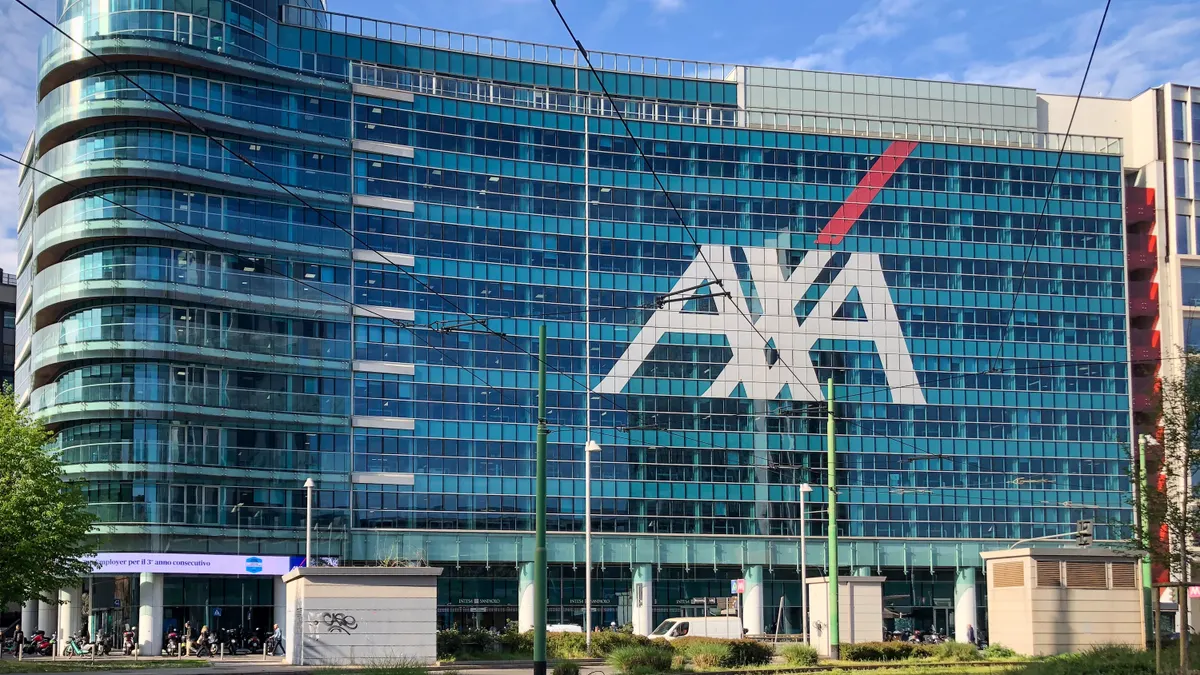Schneider Electric is on a path to automate the work of up to 150 full-time equivalents in 2019.
Amid increased interest in robotic process automation (RPA), with Deloitte projecting near-universal adoption of the technology by 2023, the French multinational is using a three-step RPA strategy to reach its goals.
The first portion of the company's strategy is already underway. Some 100 bots, mainly chatbots that handle simple transactional issues for customers, are up and running.
The next two stages get a bit more complex. Schneider, makers of electrical components and IoT systems, plans to automate thinking, and then learning, by way of language processing, data analytics and machine learning.
"Right now we're dabbling between phase one and two," said Sreeni Reddy, SVP Global Applications, Infrastructure, Global Delivery and Digital Employee Experience at Schneider Electric, in an interview with CIO Dive.
With increasing interest in the financial and operational benefits of automating processes, analysts say companies ought to follow through on a step-laddered strategy, which includes workforce retraining, a good match between technologies and their purpose, and a federalized structure for projects.
The road to automation
In 2018, Reddy said the company invested 5% of its revenue in innovation, with a significant portion going to digital transformation strategies like RPA. It sees the technology as a way to open "new possibilities" in the long term.
"Creating a bot is just the starting point," Reddy said. "After the build part, that's when the work starts: getting to scale it."
By starting small and scaling up, Schneider is following industry best practices for automation, according to Craig Le Clair, analyst at Forrester.
Companies, Le Clair told CIO Dive, should adhere to what he calls the "Rule of Five" when planning an RPA roadmap:
- No more than five decisions: Give a bot too intricate a task and the odds of failure go up, Le Clair said.
- No more than five applications: Same goes for the number of applications a bot must interact with on its way to a happy ending. After five connecting apps, the complexity of the process gets too much for existing technology to handle efficiently.
- No more than 500 clicks: Tasks that require more than 500 clicks or keystrokes get too complex for them to function properly.
A recent Gartner report puts RPA's market growth at 63% year-over-year. It reached $846 million in 2018. Revenue from RPA is expected to reach $1.3 billion in 2019.
"The RPA market has grown since our last forecast, driven by digital business demands as organizations look for 'straight-through' processing," said Fabrizio Biscotti, research vice president at Gartner, in a statement.
But market size and revenue alone aren't great predictors of the impact these tools have on the industry's efficiency.
To ensure projects can return on their investments, decision makers need to ensure projects are a right fit for the technology, Le Clair said.
"Where I'm seeing most problems is RPA is being misapplied," Le Clair said. "It's trying to tackle a task without the right set of technologies, or trying to apply it to a process that's too complex."
One example in the telecommunication space comes to mind, the analyst said: a bot tasked with handling 90 decisions on its way to a conclusion.
"No one could figure out how to fix it when it broke, and it broke often," Le Clair said.
Workforce impact
A plan for how RPA will impact the existing workforce is another key element of a successful strategy.
"We're forecasting 60% of those jobs will be gone in 10 years," Le Clair said, of customer support roles. Total impact to the U.S. labor force in the next decade is glaring: 16% of traditional jobs will be lost.
"It's significant and a painful transition," the analyst said. "You have to have some vision of what the future workforce will look like, and plan for more education coming from the workplace. Traditional education won't cut it. We need to have more certificate programs."
At Schneider, RPA is targeting tasks that it would otherwise outsource, Reddy said. But the exec is clear the technology will eventually replace actual jobs.
In the meantime, the focus is on how RPA's added layer of efficiency will let the company reach more customers, and serve them more efficiently, Reddy said.
The priority for the rest of the year will be to modernize Schneider's processes to match the new technology. Currently, the company's work in the RPA space is centralized, but it is looking to get federalized in order to maximize its impact.
Correction: A previous version of this article said Schneider made a $700 million investment in RPA. The company invested 5% of its revenue in innovation and digital transformation efforts, which includes RPA. The story also referenced the automation of 150 jobs. It should have referenced 150 FTEs.






















